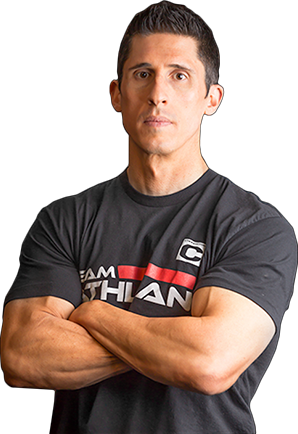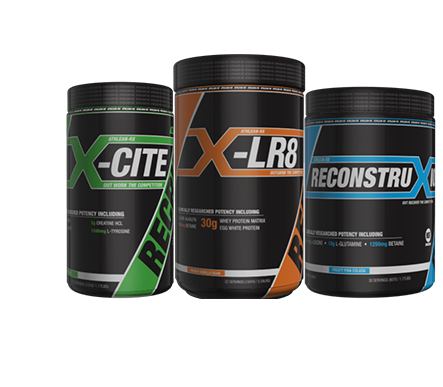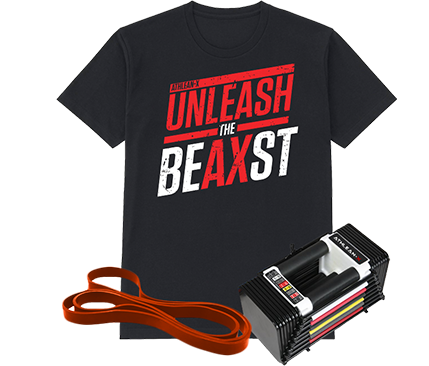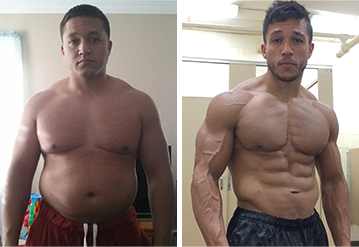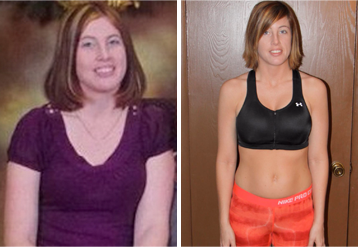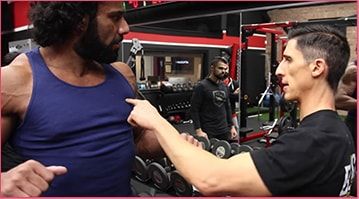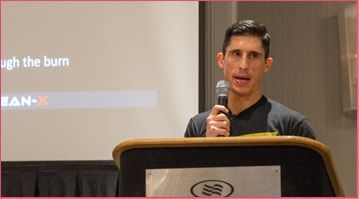 Strange as it may sound, in some ways I actually kind of enjoy muscle soreness. It gives me more body awareness – a temporary insight into the ways I use specific muscles in everyday life that I’m usually unaware of. The soreness informs me which of my muscles are weak, and even better, the pain itself is an indicator that those weak muscles are growing and getting stronger!
Strange as it may sound, in some ways I actually kind of enjoy muscle soreness. It gives me more body awareness – a temporary insight into the ways I use specific muscles in everyday life that I’m usually unaware of. The soreness informs me which of my muscles are weak, and even better, the pain itself is an indicator that those weak muscles are growing and getting stronger!
Sometimes called Delayed Onset Muscle Soreness or DOMS, muscle soreness is often worst when you are beginning a new strength training routine, or when you try a movement that is new to your body. The pain is typically worst the day or two days after a strenuous workout. As you progress over a few weeks in your new routine, muscle soreness decreases and will resolve more quickly.
While muscle soreness can be a great tool for body awareness, when it’s severe or lasts for several days at a time, it does get a little old. It can have the downside of not allowing us to push our limits in the days following. What can we do to prevent or decrease muscle soreness? In the following days after a tough workout that leaves us sore, should we just push through the pain or is it better to rest?
A REVIEW OF MUSCLE GROWTH
When we exercise, and particularly when we strength train, we create little tears in our muscle tissue. These tears are what lead to the growth of our muscles as they repair themselves, however these same tears create soreness.
Initially exercise physiologists believed that muscle soreness was due to a buildup of lactic acid in the muscles following exercise. For this reason, they recommended stretching following exercise to help reduce the lactic acid. However, it has been found that the lactic acid is eliminated from the muscles before the post-workout stretch begins. So, while stretching after a workout will help avoid injury in the long term and may increase blood flow to the area, it may not do much to help to reduce muscle soreness.
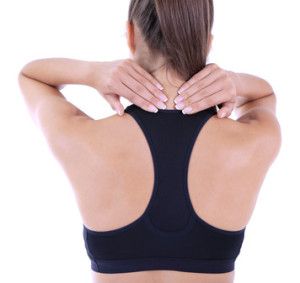 10 TIPS TO PREVENT AND REDUCE MUSCLE SORENESS
10 TIPS TO PREVENT AND REDUCE MUSCLE SORENESS
- Warm Up – A brief warm up of the muscles you’re going to use in your workout will help prepare them for the exercise to come and prevent injury. The warm up increases your heart rate and gets your blood flowing.
- Hydrate – Before, during and after exercise, be sure that you keep hydrated with plenty of water, as this will help keep muscles from getting stiff and sore. Hydrated muscles repair much faster, which will cut down on the amount of soreness you experience.
- Roll it out – Many people swear by the foam roller as the best way to reduce muscle soreness after a rough workout. If you do choose to roll, try using the roller during your cool down after a strenuous workout before the soreness has really begun to kick in. It will help take care of some of the knots in your muscles, help them relax and increase blood flow to the worked area.
- Post-Workout Snack – Timing is important here. Try to eat your snack about 20 minutes after your workout and definitely include proteins. The protein will help you produce new muscle cells, which will help repair and grow muscle tissue more quickly.
- Heat Therapy – Right after your workout, head to the sauna or the hot tub and relax. A quick 5 or 10 minutes will improve blood circulation to sore muscles. A long, hot shower will also do the trick!
- Try Ice – For areas that you exercised particularly strenuously, applying an ice pack for 10 minutes will help reduce inflammation in an overworked muscle.
- Rest up – The evening after a workout is the most important time for recovery, so make sure you’re getting your Zs! Shoot for 7 – 8 hours.
- Massage or Acupuncture – Recent studies, highlighted in the Huffington Post have shown that massage or acupuncture delivered directly to sore muscles were effective in reducing DOMS.
- Ibuprofen or Aspirin – While we definitely don’t recommend using them every day, these medications can be very helpful with occasional severe muscle pain. They act by both reducing inflammation and improving blood flow to your muscles.
- Don’t Veg the Day After – The day after strenuous exercise, don’t just sit and veg out! It will actually increase stiffness and muscle pain. Make a point to take a 20 – 30 minute walk to keep your blood flow going and keep your muscles stretched out the day following a rough workout.
 SHOULD YOU WORK THROUGH THE PAIN?
SHOULD YOU WORK THROUGH THE PAIN?
If you are experiencing significant muscle soreness, let go of the ‘no pain, no gain’ axiom for a couple of days. Your muscles are telling you they need a break so that they can rebuild themselves, and you’ll find that you come back stronger in your next workout if you allow them a day or two of rest.
If you’re not too sore, light exercise can be helpful to bring blood flow to the injured muscles, allowing them to repair themselves more quickly (see number 10 above). This might include a walk or a bicycle ride on flat terrain if your legs are sore, or some dance, tai chi or arm circles if your upper body is sore.
One of the best ways to avoid overworking sore muscles is to allow each muscle group 48 hours of downtime. That’s why we designed Athlean-XX for Women to work with and not against your body. Each day you’ll work a different muscle group, and our workout schedule ensures that while no part of your body gets left, each gets adequate rest! Our Athlean-XX for Women calendar will tell you which workout to do each day. You can choose to do our DVD workouts at home OR take our Girl on the Go Cards to the gym and train there! You’ll be amazed by how convenient this program is and by the incredible results you’ll see in just 90 days! Join us on Team Athlean and become our next SuXXess Story!



